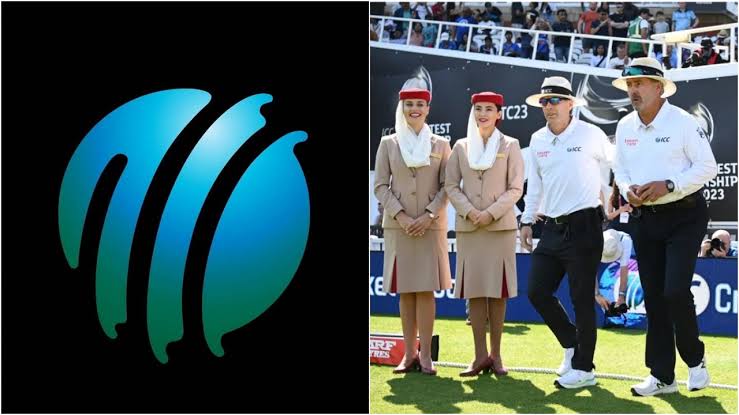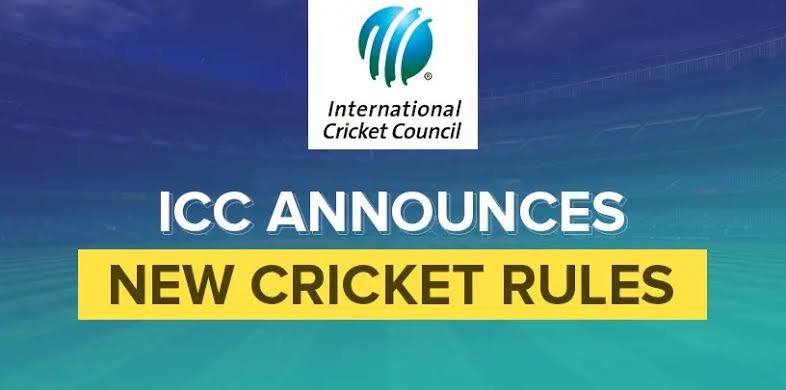The ICC has recently approved several significant changes to its playing conditions across men’s international cricket, reflecting ongoing efforts to improve fairness, gameplay, and spectacle. These updates will come into effect from July 2, with some already in play during the current World Test Championship (WTC) cycle for 2025-27. Here’s a detailed look at the six notable rule changes announced by the ICC.
1. Introduction of Stop Clock in Test Cricket
Addressing the longstanding issue of slow over rates, the ICC has introduced a stop clock in Test cricket, similar to its implementation in white-ball formats last year. Under this rule, the fielding team must be ready to start each over within one minute of the previous over ending.
If they fail, the umpire issues warnings—two warnings result in a five-run penalty. Warnings reset after every 80 overs, encouraging teams to maintain pace and reduce delays. This change aims to keep the game flowing and enhance viewer engagement.
2. Relaxed Ball Change Protocol for Saliva Use
While the ban on saliva to shine the ball remains, the ICC has relaxed the protocol for ball changes. Previously, umpires would immediately change the ball if saliva was detected.
ALSO READ- NZ Cricket Team set to host 4 Countries in thier home season, know more!
Now, they will only do so if the ball’s condition has deteriorated significantly, such as becoming too wet or excessively shiny. This discretion helps prevent deliberate saliva application to force a ball change, with the batting team penalized with five runs if the ball is replaced under these circumstances.
3. Enhanced DRS Protocol for Secondary Reviews

In a move to ensure fairness, the ICC has revised the Decision Review System (DRS) protocol during secondary reviews.
If a batter is given out caught behind and the subsequent review shows no contact with the bat, the umpire will now label the ball-tracking for lbw as “out” instead of “not out,” even if the technology indicates an “umpire’s call.” This means the batter could be ruled out based on the review, adding a new layer of scrutiny to dismissals.
4. Chronological Approach to Combined Reviews
The ICC has also modified how combined reviews are conducted. Previously, the TV umpire would handle umpire and player reviews in a set order, often leading to unnecessary investigations. Now, these reviews will be conducted chronologically, based on the sequence of incidents.
For example, if an lbw appeal occurs before a run-out, the review will proceed in that order. If the initial review results in a dismissal, further reviews for subsequent incidents become unnecessary, streamlining decision-making.
5. Fairness of Catch in No-Ball Decisions
In cases where on-field officials are uncertain about a catch but the TV umpire signals a no-ball, the new rules empower the third umpire to review the catch’s fairness. If the catch is deemed fair, the batting team will only receive an extra run for the no-ball. However, if the catch is not clean, the batting team will retain the runs they scored, ensuring fairness in adjudications involving no-ball and catches.
FOLLOW US ON OUR FB PAGE
6. Clarification on Deliberate Short Runs and Player Replacement
The rules around deliberate short runs have been clarified. If a batter intentionally avoids making ground to steal an extra run, the five-run penalty persists. However, if it’s determined that the batter did not intend deception, the umpires will ask the fielding side to choose which batter to strike.
Additionally, a new trial rule allows domestic first-class teams to field a full-time replacement for players suffering serious external injuries, provided the injury is evident, broadening team management options.

